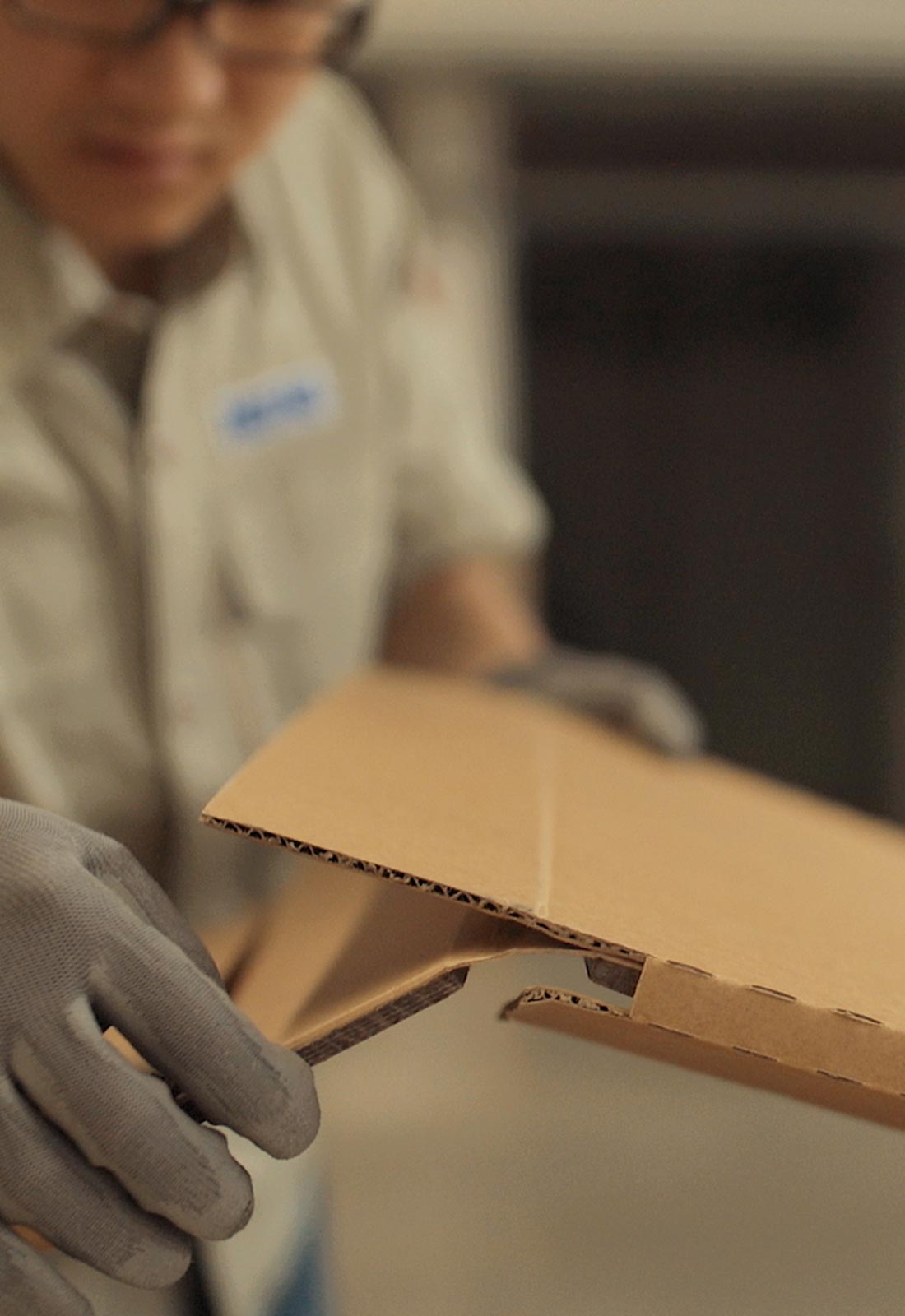Sustainable Packaging Offers an Environmentally-Friendly Alternative
Sustainability is about more than just using recycled materials. True sustainability is concerned with promoting an increased use of life-cycle inventory and life-cycle assessment as a way to reduce the environmental impact or the ecological footprint of the packaging that you choose. It also involves the complete life of the materials, from sourcing to recycling. There are several other key characteristics of sustainable packaging:
- Beneficial, healthy, and safe for both individuals and communities during its life cycle
- Materials are sourced, manufactured, shipped, and recycled through the use of renewable energy
- Meets market criteria for cost and performance
- Packaging is manufactured using clean production practices and technologies
- Physically designed to optimize both energy and material
Benefits of Sustainable Packaging
So, why should your business bother with sustainable packaging? The main aim of these environmentally-friendly packaging solutions is to preserve the world’s ecosystems, ensuring human life quality and viability in the long-term. Other benefits include:
Environmental benefits. Eco-friendly and sustainable packaging is often made from recycled materials, reducing the waste of resources during production. The manufacturing process also tends to be more efficient, further minimizing resources and reducing the negative impact that your business has on the environment.
Improved brand image. Environmentally-friendly packaging will improve your brand image, as you will show clients that you are a responsible organization that cares about the environment. This can lead to increased sales, furthering your company’s revenue stream and profits.
Versatile. Sustainable packaging tends to be incredibly versatile, and it can be used in almost every major industry that utilizes standard packaging. Regardless of what you need to package or ship, there is some eco-friendly option available that can meet your needs.
Key Factors for Environmentally-Friendly Packaging
If you are interested in designing or choosing environmentally-friendly packaging solutions, there are a few key factors that will significantly reduce your organization’s environmental footprint:
Durability.
Materials that are stiffer and stronger will support down-gauging, and they will allow converters to cut through the material while reducing waste and product damage. The end result is smaller, more convenient packages that are optimized without compromising protection.
Processability.
Materials that allow for more efficient processing and better output can minimize energy and waste while reducing labor and material costs.
Recyclability & Renewability.
Using materials that are able to be recycled can save you money while letting your customers know that you are environmentally-conscious. Full life cycle management can also build efficient recycling into production, reducing environmental impact and overall costs at the same time.
Weight.
The weight of packages can make distribution and transportation more efficient, and lighter packages are optimal. Each year, millions of tons of packaging materials are used, so even reducing the weight of your packages by a few grams can add up quickly for both your bottom line and the environment.
Designing Sustainable Packaging Solutions
Developing a sustainable packaging solution is a journey – there is no such thing as a completely sustainable package. Instead, the goal is to make incremental package sustainability improvements over time as a way to reduce its overall environmental impact. If you are designing a new sustainable packaging solution, keep some of the following tips in mind:
Consider natural materials. Sustainable packaging has become more popular than ever over the last few years, as many companies have recognized that materials that are healthy for the environment attract a growing consumer audience. These may include recycled, dye-free, or virgin materials that present a lesser burden on the environment than other options.
Evaluate your distribution system for opportunities to save space. Wasted space when it comes to packaging can result in excess materials, storage, handling, and transport. To reduce the size of a package while maintaining its integrity, it is important to understand the known size of the chosen transport mode and then to minimize the package size to hold everything at the lowest cost.



